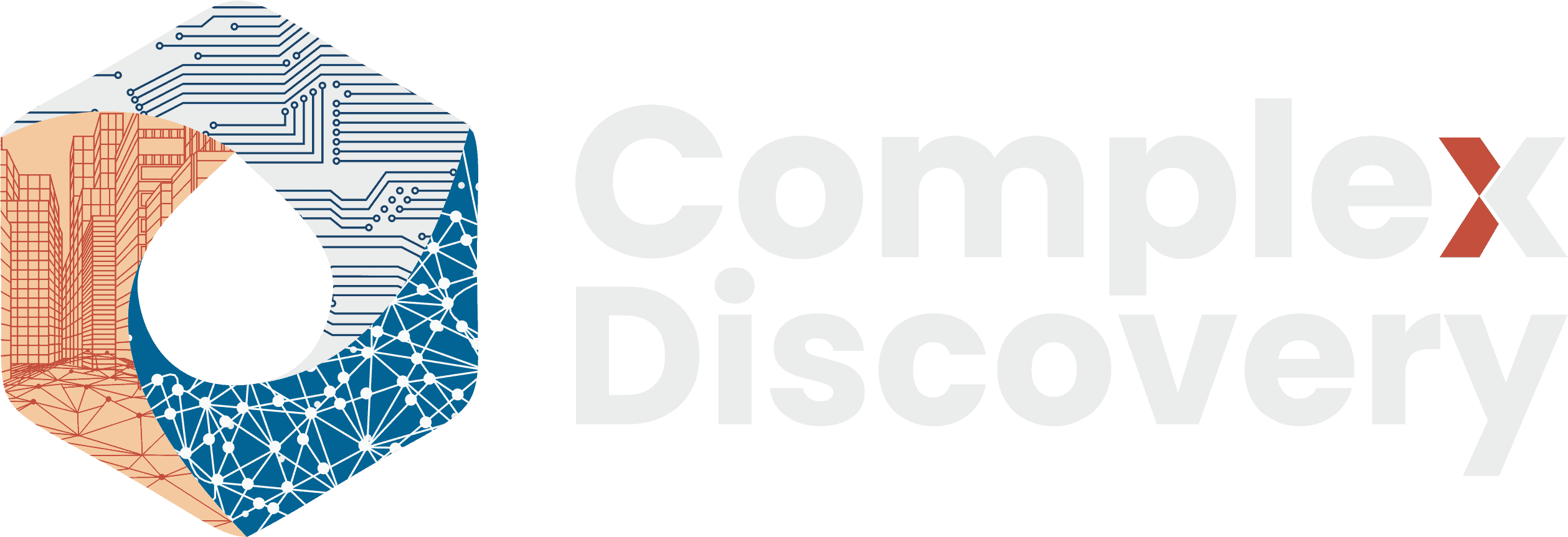Editor’s Note: Europe is facing a financial crime crisis of epic proportions, with illicit funds totaling an estimated $750 billion infiltrating its financial systems in 2023. This isn’t just a statistical wake-up call—it’s a defining challenge for professionals across cybersecurity, information governance, and eDiscovery. The transnational complexity of this issue demands not isolated institutional fixes but a new era of cross-border, cross-sector collaboration. From AI-powered detection tools to public-private partnerships and regulatory reform, this article unpacks the urgent need for a harmonized, forward-looking defense against an increasingly agile criminal infrastructure. It is a must-read for stakeholders striving to safeguard the foundational trust in Europe’s financial and legal ecosystems.
Content Assessment: Europe's $750 Billion Financial Crime Crisis: A Call for Collaborative Defense
Information - 92%
Insight - 90%
Relevance - 90%
Objectivity - 92%
Authority - 91%
91%
Excellent
A short percentage-based assessment of the qualitative benefit expressed as a percentage of positive reception of the recent article from ComplexDiscovery OÜ titled, "Europe's $750 Billion Financial Crime Crisis: A Call for Collaborative Defense."
Industry News – eDiscovery Beat
Europe’s $750 Billion Financial Crime Crisis: A Call for Collaborative Defense
ComplexDiscovery Staff
In a digital age where financial systems face unprecedented threats, Europe confronts a staggering reality: an estimated $750 billion in illicit funds permeated its financial infrastructure in 2023 alone, representing 2.3% of the region’s GDP. This alarming statistic, highlighted in Nasdaq Verafin’s “Financial Crime Insights: Europe” report, underscores the critical imperative for financial institutions, law firms, and legal departments to mount a coordinated response against an increasingly sophisticated criminal ecosystem.
Cross-Border Challenges and Transnational Movement of Illicit Funds
The transnational nature of financial crime presents particularly complex challenges across the European Union, United Kingdom, and Nordic regions, with approximately $194.9 billion moving across European borders as part of money laundering operations. This cross-jurisdictional activity demands not merely isolated institutional responses but a fundamentally reimagined collaborative framework that transcends traditional boundaries.
Industry Leadership Perspective: Breaking Down Barriers
As Stephanie Champion, Executive Vice President and Head of Nasdaq Verafin, aptly observes, “Criminals are not bound by banks, borders, or regulations – so by aligning on shared goals, we can strengthen economies across the region and safeguard the wider financial system from harm.” This perspective emphasizes that financial crime threatens not merely economic stability but the foundational integrity of European society.
Strategic Priorities and Technological Solutions
The report identifies several strategic priorities in combating financial malfeasance: enhanced cross-sector collaboration, development of more sophisticated detection methodologies, and implementation of advanced technological solutions. Nasdaq Verafin’s AI-powered platforms, currently deployed across more than 2,600 financial institutions managing $10 trillion in assets, provide robust frameworks for fraud detection, compliance automation, and anti-money laundering (AML) execution. Their partnership with Celent Research and Oliver Wyman further contextualizes these insights within broader industry risk mitigation strategies.
Emerging Threats in the Era of Faster Payments
The findings reveal an urgent need for comprehensive approaches addressing both domestic and cross-border financial crimes. Rapid technological adaptation and multinational cooperation have become non-negotiable imperatives in countering criminals who continually exploit systemic vulnerabilities. The evolution of faster payment systems, while transformative for legitimate commerce, has paradoxically facilitated certain fraud typologies, including investment scams, creating additional challenges for wealth management entities and legal counter-fraud operations.
Public-Private Partnerships: A Framework for Success
Increasingly, effective threat identification and neutralization depend on robust partnerships and intelligence sharing between law enforcement and financial institutions. This collaborative paradigm is exemplified by the OSCE’s “Decoding Crypto Crime: A Guide for Law Enforcement,” which provides critical insights for navigating the complex terrain of virtual asset crimes, supporting both investigative and preventative countermeasures.
Regulatory Innovation and Institutional Cooperation
Complementing these efforts, the IRS’s CI-FIRST strategic initiative enhances institutional cooperation through streamlined data-sharing protocols targeting money laundering, drug trafficking, and human smuggling. As IRS-CI Chief Guy Ficco notes, “Public-private partnerships thrive when all parties mutually benefit”—highlighting the symbiotic potential of coordinated action in eradicating financial crime.
Legislative Support and Future Directions
Further public-private collaboration remains essential to address these pervasive threats. The forthcoming House Financial Services Subcommittee hearing on National Security, Illicit Finance, and International Financial Institutions will likely examine modernization of financial crime reporting thresholds, reflecting legislative efforts to align with industry requirements for refined detection methodologies.
Conclusion: The $750 Billion Question
In conclusion, effectively countering Europe’s $750 billion financial crime crisis demands a multidimensional strategy integrating technological innovation, international cooperation, and legislative support. As criminal methodologies evolve in sophistication and scale, so too must the collaborative defense mechanisms deployed to protect the financial ecosystem, ensuring that those who would exploit European financial systems encounter an increasingly unified, technologically empowered, and adaptable response framework. The $750 billion question facing European stakeholders is not whether they can afford to invest in such collaborative defense systems, but whether they can afford not to.
News Sources
- $750 billion in money laundering and illicit funds flowed through Europe in 2024 (Finextra)
- NEWS: $750 billion in dirty cash is laundered through Europe per year – report (AML Intelligence)
- Financial Crime Insights: Europe (Nasdaq Verafin)
- OSCE launches guide on virtual assets for law enforcement at INTERPOL Summit (OSCE)
- IRS Criminal Investigations announced a new initiative designed to deal with technology improvements, AI, and evolution of financial crime (Law Enforcement Today)
Assisted by GAI and LLM Technologies
Additional Reading
- Oracle’s Alleged Breach and the Rise of Cybersecurity Concerns in Corporate Cloud Environments
- Jaguar Land Rover Breached: The Persistent Threat of Ransomware in the Automotive Industry
Source: ComplexDiscovery OÜ


























